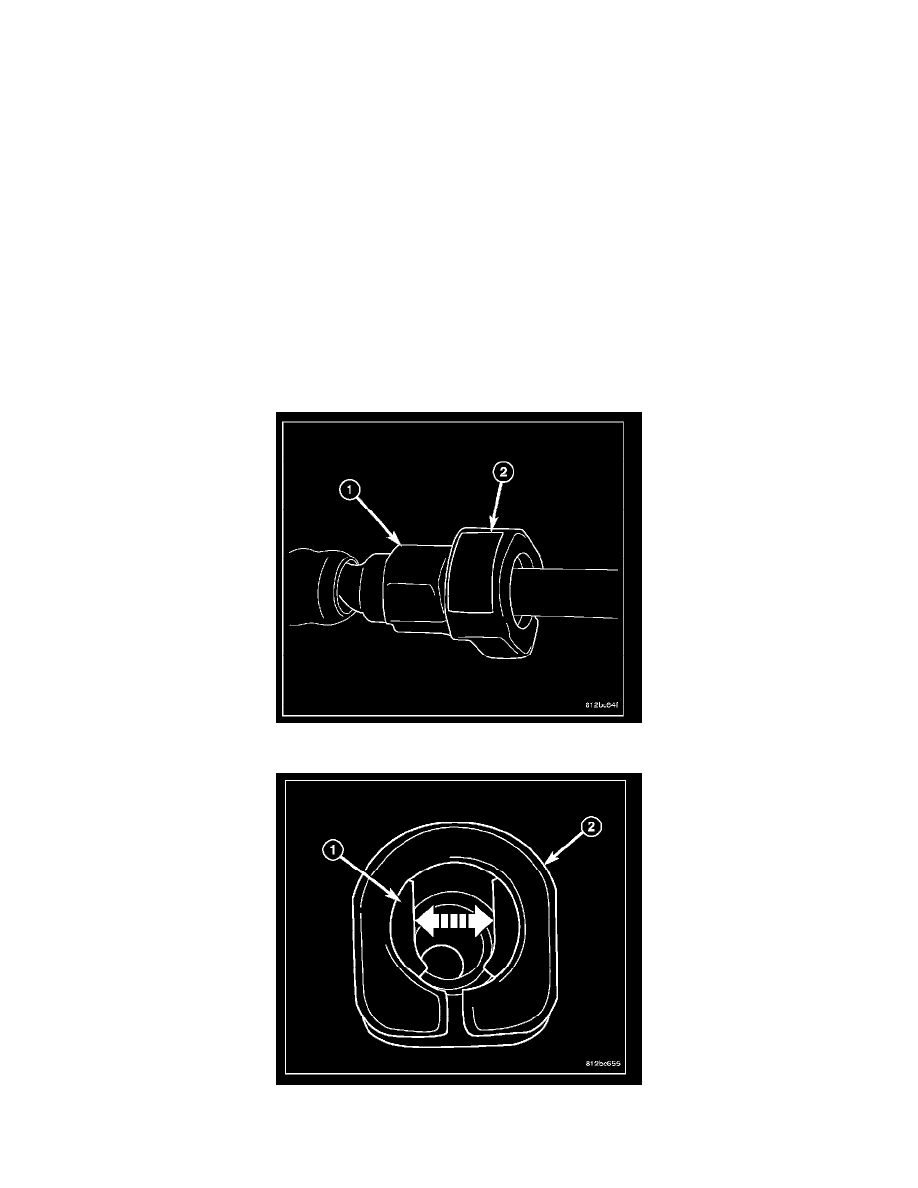Commander 4WD V8-4.7L VIN N (2006)

Fuel Line Coupler: Service and Repair
Different types of quick-connect fittings are used to attach the various fuel system components, lines and tubes. These are: a single-button type, a
two-button type, a pinch type, a single-tab type, a two-tab type or a plastic retainer ring type. Some are equipped with safety latch clips. Some may
require the use of a special tool for disconnection and removal.
DISCONNECTING
WARNING: THE FUEL SYSTEM IS UNDER A CONSTANT PRESSURE (EVEN WITH ENGINE OFF). BEFORE SERVICING ANY
FUEL SYSTEM HOSE, FITTING OR LINE, FUEL SYSTEM PRESSURE MUST BE RELEASED. REFER TO FUEL SYSTEM PRESSURE
RELEASE PROCEDURE.
CAUTION:
-
Before separating a quick-connect fitting, pay attention to what type of fitting is being used by referring to Quick-Connect Fitting Removal.
This will prevent unnecessary fitting or fitting latch breakage.
-
The interior components (O-rings, clips) of quick-connect fittings are not serviced separately, but new plastic spacers and latches are available
for some types. If service parts are not available, do not attempt to repair the damaged fitting or fuel line (tube). If repair is necessary, replace
the complete fuel line (tube) assembly.
1. Perform fuel pressure release procedure. See: Fuel Filter/Fuel Pressure Release/Service and Repair
2. Disconnect negative battery cable from battery.
3. Clean fitting of any foreign material before disassembly.
4. Single-Button Type Fitting: This type of fitting is equipped with a single push-button (2) located on the quick-connect fitting.
5. The push-button is attached to two internal latches (1). To disconnect, press on push-button with your thumb and unlatch fitting from fuel line.
Tools are not required for disconnection. DO NOT ATTEMPT TO PRY OR PULL UP ON PUSH-BUTTON. LATCHES WILL BE BROKEN.
